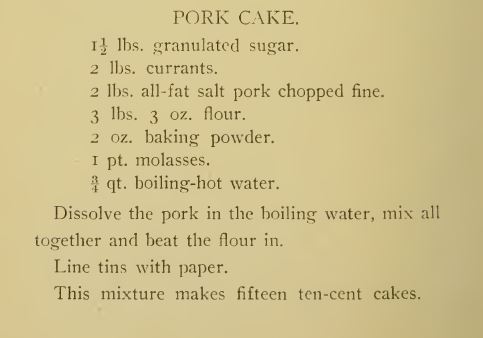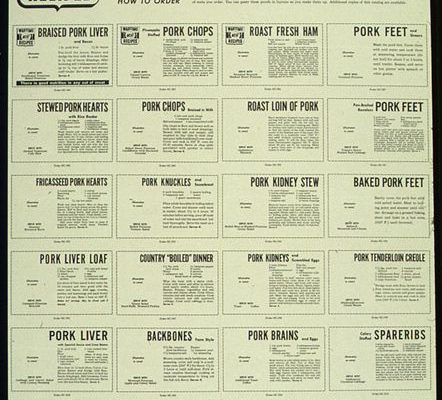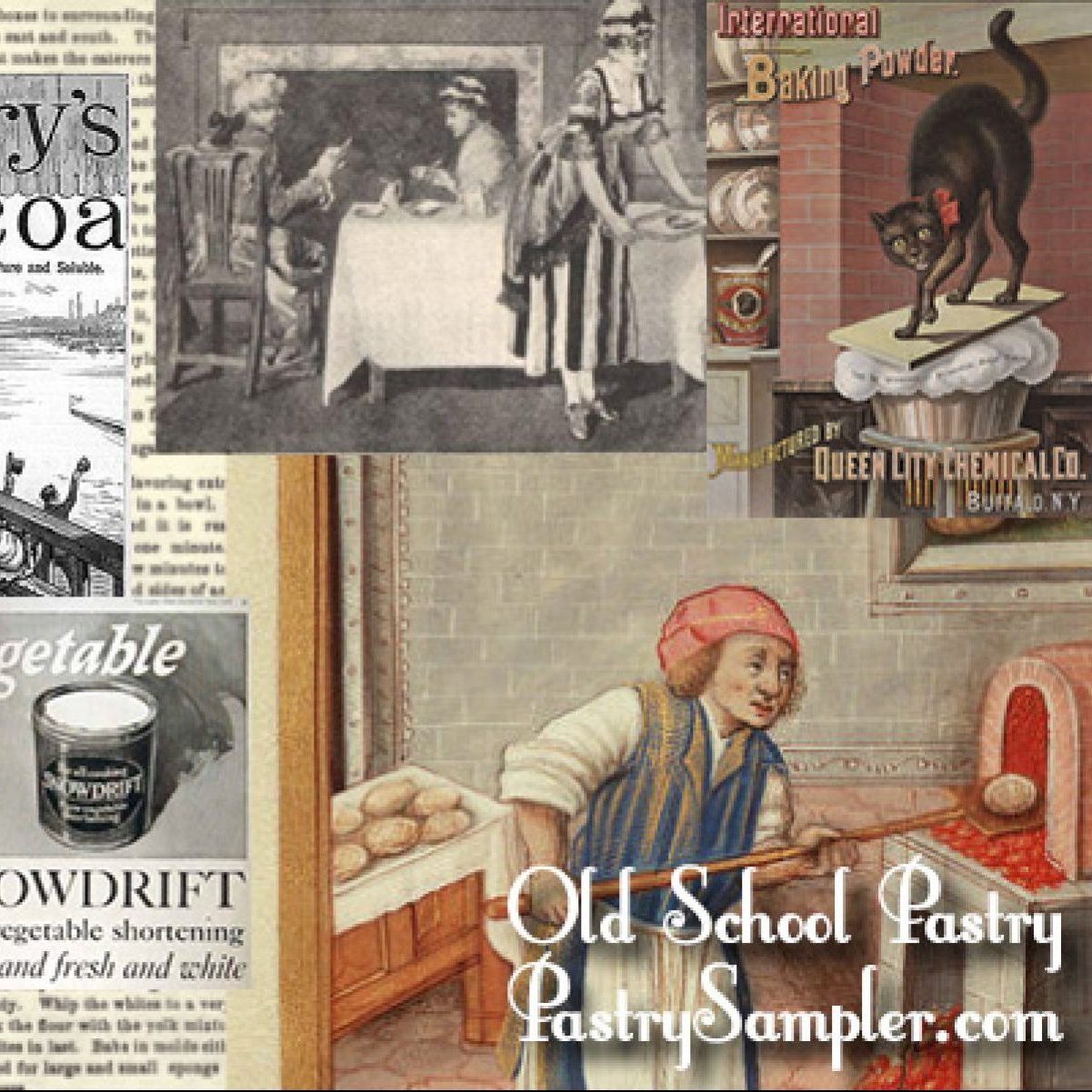Okay, this is a combo pastry-savory item. It uses organ meats, and is heavily spiced with cloves, mace and cinnamon, and is even laced with both white wine and brandy and perfumed with rose water. This recipe is from Miss Leslie’s book Seventy-Five Receipts for Pastry, Cakes, and Sweetmeats, published in 1832.
Alter your favorite mince meat pie by using some of the ingredients here:
- Using freshly ground or milled spices.
- Add a splash of rose water to the mixture.
- Use different cuts of beef for different flavors.
- Incorporate citrus notes by the use of fresh lemon, lime or oranges, and use some citron as well.
- Add different beverages, such as wines and hard liquor to the mix. This will also give slightly different finished notes when done.
She doesn’t give solid cooking instructions in her recipe, and says to simply keep this in a cool place adding more brandy to it occasionally. This is obviously not a food-safe way to store this type of product, so make sure your mince meat pie mixture is well cooked, using all the safety precautions (proper sanitation, etc.), and if processing any mince meat, consult your local extension service for the latest recommendations.
Mince Pie
- One pound and a half of boiled beef’s heart, or fresh tongue – chopped when cold
- Two pounds of beef suet, chopped fine
- Four pounds of pippin apples, chopped
- Two pounds of raisin, stoned and chopped
- Two pounds of currants, picked, washed and dried
- Two pounds of powdered sugar
- One quart of white wine
- One quart of brandy
- One wine-glass of rose water
- Two grated nutmegs
- Half an ounce of cinnamon, powdered
- A quarter of an ounce of cloves, powdered
- A quarter of an ounce of mace, powdered
- A teaspoonful of salt
- Two large oranges
- Half a pound of citron, cut in slips
Parboil a beef’s heart, or a fresh tongue. After you have taken off the skin and fat, weigh a pound and a half. When it is cold, chop it very fine. Take the inside of the suet; weigh two pounds, and chop it as fine as possible. Mix the meat and suet together, adding the salt. Pare, core and chop the apples, and then stone and chop the raisins. Having prepared the currants, add them to the other fruit, and mix the fruit with the meat and suet. Put in the sugar and spice, and the grated peel and juice of the oranges. Wet the whole with the rose water and liquor, and mix all well together.


